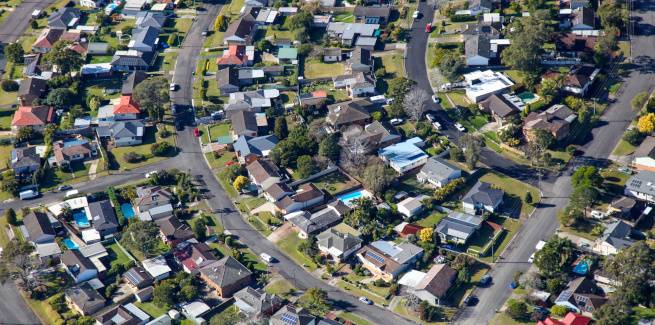Concerns over the impact of subdued immigration on the residential property market are mounting, with travel restrictions aimed at curbing the spread of COVID-19 threatening to lock out demand for housing, exacerbating downside risks from a rising unemployment rate.
In an address to the National Press Club late last month, Prime Minister Scott Morrison said the economic impact of Australia’s reduced migration intake was a “key topic of discussion” between all levels of government.
The government is expecting net overseas migration to fall to approximately 34,000 in 2020-21, well below levels needed to maintain GDP growth – estimated at around 160,000 to 210,000.
According to AMP Capital chief economist Shane Oliver, the slowdown would drag Australia’s population growth down from 1.4 per cent in the December quarter to 0.4 per cent, spurring a supply and demand imbalance in the housing market.
“Our rough estimate is that underlying demand for housing will be reduced by around 80,000 dwelling a year, unless a way is quickly found to allow immigrants to return,” he said.
“This should be feasible with a regime of testing and quarantining – but it may be politically difficult given the weak jobs market.”
ANZ Research recently stated that it expects Australia’s major capitals to bear the brunt of the decline in overseas migration.
ANZ Research also touted the impact of subdued migration levels on the property market, particularly in Australia’s largest capital cities.
“This drop in population growth will remove a major driver of economic growth and housing demand, at least for a period,” the research group warned.
“In the year to June 2019, Sydney’s population grew by 87,000, with 85 per cent of those newcomers being overseas migration,” ANZ Research continued.
“In Melbourne, the numbers are also significant, with 77,000 overseas migrants accounting for 68 per cent of the total population growth of 113,000.”
The economic hit from the COVID-19 crisis has already triggered declines in property prices, with the latest CoreLogic hedonic home value index revealing that national home values slipped 0.4 per cent in May – the first monthly decline since June 2019.
However, recent price falls have been milder than initially anticipated, prompting Mr Oliver to revise his forecast to reflect a softer landing for the housing market.
Mr Oliver was initially projecting a peak-to-trough decline in dwelling values of up to 20 per cent. However, according to the economist, such a scenario is now improbable.
“Our worst-case scenario for a 20 per cent decline in prices and those of others seeing 30 per cent plus falls are unlikely, thanks to support measures and the earlier reopening of the economy,” he said.
“To get these worst-case scenarios would require a ‘second wave’ of coronavirus cases [and] so a renewed shutdown or another down leg in the economy in response to a surge in bankruptcies.”
Mr Oliver’s new base case is for national average prices to fall by between 5 to 10 per cent throughout 2020 and into 2021, with Australia’s largest capitals to bear the brunt of the downturn.
[Related: Tweaks to HomeBuilder Scheme welcomed]

